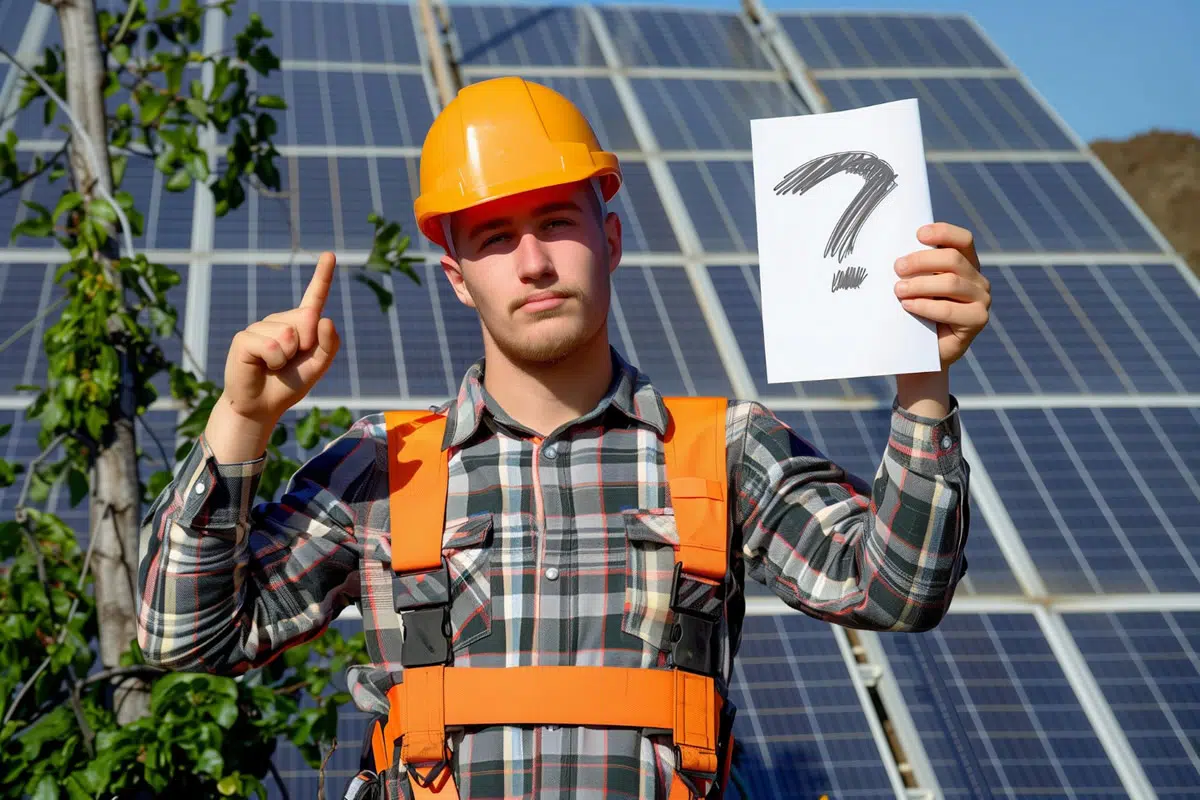Is Your Roof Ready for Solar Panels? 7 Must-Know Tips Before You Install
July 8, 2025

Thinking about switching to solar energy? It’s a smart move—cutting utility bills, reducing your carbon footprint, and increasing your home’s value. But before you go all in, there’s one critical question to ask: Is your roof ready for solar panels?
Here are 7 key factors every homeowner should evaluate before scheduling a solar installation.
1. Check Your Roof’s Age and Condition
Solar panels can last 25–30 years, so your roof should be in great shape before installation. If it’s over 15 years old or shows signs of wear (like cracked shingles or leaks), consider repairs or replacement first.
Tip: Replacing your roof after installing solar panels can be more expensive due to removal and reinstallation fees.
2. Assess Roof Slope and Orientation
Solar performs best when panels face south in the U.S. and sit at a 30°–45° tilt. East- and west-facing roofs also work, but may be less efficient.
Not sure of your roof angle? Your installer can provide a solar site analysis using digital tools or drones.
3. Look Out for Shading and Obstructions
Shade is solar’s enemy. Trees, chimneys, vents, or nearby buildings can dramatically reduce panel output.
Action Step: Use apps like Google Project Sunroof or request a professional solar shade analysis.
4. Know Your Roof Material
Solar panels can be installed on most materials, but:
- Composite shingles are ideal.
- Clay tile or wood shake may require extra labor and cost.
- Flat roofs may need racking systems for angle adjustment.
Confirm your installer has experience with your roof type.
5. Review Roof Space and Load-Bearing Capacity
Do you have enough surface area for the panels you need? The average 6kW system requires ~400 sq. ft.
Also ensure your roof can support the added weight (typically 2–4 pounds per sq. ft.). A structural engineer or certified installer can verify this.
6. Check for Local Incentives and Solar Tax Credits
Installing a new roof alongside solar panels might qualify you for federal solar tax credits. Depending on your state, you might also benefit from:
- Property tax exemptions
- Solar rebates
- Net metering programs
Check your local solar incentives at DSIREUSA.org.
7. Hire a Certified Solar Installer
Don’t DIY this. Choose an installer with:
- NABCEP certification
- Strong customer reviews
- Warranties for both panels and workmanship
- Clear knowledge of local permits and codes
Searching “solar installers near me” is a great start—but vet carefully!
Ready to Go Solar? Do This First:
✔️ Schedule a free roof inspection
✔️ Compare quotes from 2–3 local solar installers
✔️ Research incentives in your area
✔️ Plan your solar installation around any needed roof updates
Pro Tip for Homeowners in Your State or City
If you live in Florida, California, or Texas, your roof might already be ideal for solar due to consistent sun exposure. But local regulations and utility rules still matter. Always ask your installer about permit requirements and grid connection policies.
Take the First Step Toward a Smarter Solar Future
Solar energy starts with a solid foundation—your roof. By evaluating these seven key factors, you’re setting yourself up for maximum efficiency, lower costs, and long-term savings.
Ready to make your home solar-ready?
Compare Local Solar Quotes Now
Read More on Solar Panel ROI & Maintenance